Harvest is nearly over for us here at Ardhuncart. This year we finished combining on the 30 September 2017, two days ahead of last year – although it doesn’t seem like that.
In our last update we were contemplating whether to buy a combine or not. Shortly after the article went to print we bit the bullet and purchased what Alison has christened my new “toy”.
Cost wise, over the life of the combine, it comes in at around £1.50/ha more expensive to own our own combine.
Our barley tends to average between 6.5t and 7t/hectare, so it is costing us around 25p/t/year more to have our own combine versus getting a contractor in.
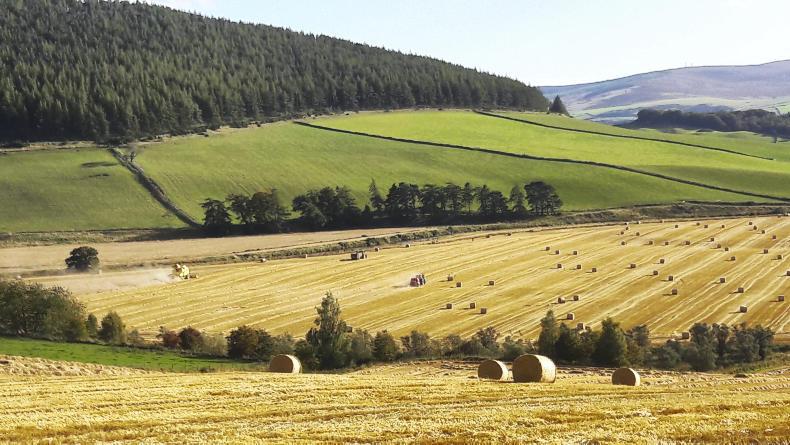
Combining and baling the last field of spring barley.
The combine is a 15-year-old New Holland TF78 and is perhaps on the large side for the area of grain we have but at the same time, it has allowed us to get across the ground quickly when conditions are good. This year, most of the grain came in below 20% moisture.
This has meant lower drying costs than previous years, more than paying back the 25p/t. As we finished harvest sooner this year, we were able to take on some contract cutting, with an extra 50ac done so far. This will help to pay the combine back.
We still have about half of our straw to bale but hopefully by the time you read this, Mother Nature will have been kinder and given us a more settled spell to get that finished.
We took the decision to bring the baler in tight behind the combine in the later-cut fields to secure the straw in decent condition. We are quite pleased with the straw that was got in better conditions, with one of the fields yielding just short of 7 x 4’6” round bales/ac.
Unfortunately, it doesn’t look like the straw that has been rained on will do that!
Sheep
On the sheep side, the tups were put out with the ewes in the last days of September to allow us to start lambing in late February.
This year, we have brought 99 gimmers in to the flock.
These are made up of 21 Cheviot Mules that were bought as ewe lambs last year, 20 Cheviot Mule gimmers bought this year and 58 homebred Texel crosses. The cost of buying the gimmers was offset by selling 20 homebred Texel-cross gimmers.
The homebred gimmers are running with the newly purchased tups, to prevent them from coming back on their fathers.
The remainder of the ewes and the Cheviot gimmers are split into two even batches and are running with two tups each. In the last update, we talked about using ram harnesses with shrouds on them to take advantage of the ram effect.
Unfortunately, we were unable to source the shrouds in time for this year’s tupping, so have ordered them for next year.
We did manage to source the harnesses and markers though and they are on the tups now to give us an idea of lambing pattern and repeats.
As far as wintering is concerned, the ewes will stay on the grass until the end of the year and then go on to the 1.5ha of swedes that we have in.
This should keep them long enough to let the grass recover and grow a bit of cover ahead of lambing.
Cows
We took our heifers with calves at foot up to the mart a couple of weeks ago. Unfortunately, with the challenging conditions this back end, trade was not good and we ended up with a number of them unsold.
This has put a bit of a spanner in the works with our winter feed budget.
However, we are looking at ammonia-treating some of the straw from the further away fields and keeping around 50 cows out on those stubbles and a grass field beside them up until New Year. This will take the pressure off both the housing and silage supply up until then.
We still have a small amount of silage to be made from our fallow area. It was sown out in grass and red clover last year and has done well for us, with a cut of silage off it in late July. It looked to be very good quality at cutting and while the second cut may not be quite as good quality-wise, it will help to cover the shortfall in the fodder budget.
Weaning
At the moment, the cows look to be in good condition. To keep the condition on them going in to winter, we are planning to wean the calves in the next couple of weeks.
However, as there is still barley sitting in the cattle courts, weaning the calves will have to be postponed until we get the barley uplifted.
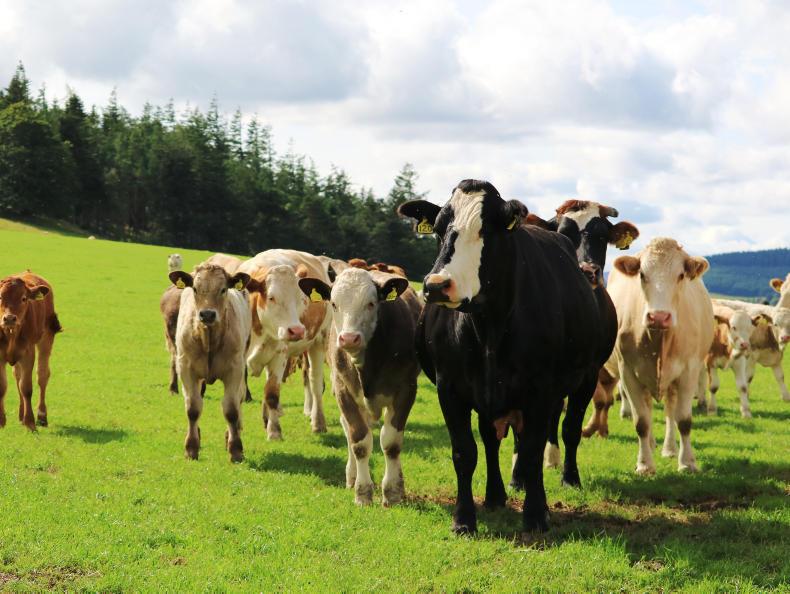
While we are weaning, we will draw off the older cows and the first and second calvers. They will be housed earlier and the rest will stay out.
We will weigh the calves at weaning and plan to run them over the scales again in winter. Once weaned, they will be fed a diet of straw, silage, pot ale and barley, with the exact make up to be finalised once we get the silage analysis back.
The plan is for them to be sold early in the New Year, to make room for the outdoor cows to come in for calving.
While they are outside, the cows will get half and half, silage bales and ammonia straw fed in rings on the stubbles. Once housed, they will get the same straw and silage diet as the rest of the cows that are being housed earlier.
The heifers that we are intending to sell next autumn are now in with the bull. The majority of the group were bought in and come from a bovine viral diarrhoea (BVD) accredited herd.
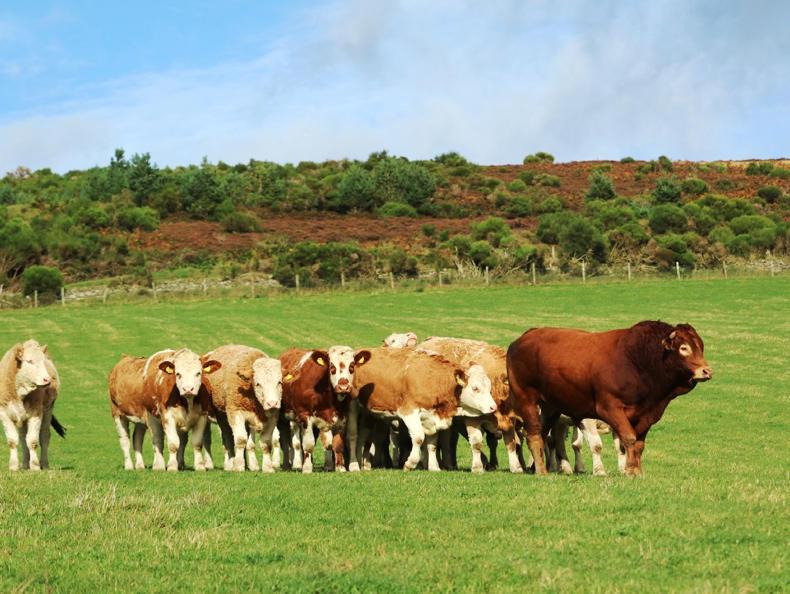
These animals were individually blood tested, vaccinated to protect from BVD and vet-checked to see that they were all suitable for bulling before arrival at Ardhuncart.
They are currently running with the Limousin bull on a silage aftermath.
Looking ahead to next year, we are moving the sheep post lambing to a new reseed and plan to graze them in rotation.
This means that this winter will involve a bit of planning and installing of fencing and water troughs for this to happen.
This year has shown us that the farm can carry the animals we have without renting grazing, so we are keen to do it again next year.
Read more
Farm Profit Programme : weaning gets swiftly under way at Drumforber
Farm Profit Programme: Autumnal activities at Arnage
Harvest is nearly over for us here at Ardhuncart. This year we finished combining on the 30 September 2017, two days ahead of last year – although it doesn’t seem like that.
In our last update we were contemplating whether to buy a combine or not. Shortly after the article went to print we bit the bullet and purchased what Alison has christened my new “toy”.
Cost wise, over the life of the combine, it comes in at around £1.50/ha more expensive to own our own combine.
Our barley tends to average between 6.5t and 7t/hectare, so it is costing us around 25p/t/year more to have our own combine versus getting a contractor in.

Combining and baling the last field of spring barley.
The combine is a 15-year-old New Holland TF78 and is perhaps on the large side for the area of grain we have but at the same time, it has allowed us to get across the ground quickly when conditions are good. This year, most of the grain came in below 20% moisture.
This has meant lower drying costs than previous years, more than paying back the 25p/t. As we finished harvest sooner this year, we were able to take on some contract cutting, with an extra 50ac done so far. This will help to pay the combine back.
We still have about half of our straw to bale but hopefully by the time you read this, Mother Nature will have been kinder and given us a more settled spell to get that finished.
We took the decision to bring the baler in tight behind the combine in the later-cut fields to secure the straw in decent condition. We are quite pleased with the straw that was got in better conditions, with one of the fields yielding just short of 7 x 4’6” round bales/ac.
Unfortunately, it doesn’t look like the straw that has been rained on will do that!
Sheep
On the sheep side, the tups were put out with the ewes in the last days of September to allow us to start lambing in late February.
This year, we have brought 99 gimmers in to the flock.
These are made up of 21 Cheviot Mules that were bought as ewe lambs last year, 20 Cheviot Mule gimmers bought this year and 58 homebred Texel crosses. The cost of buying the gimmers was offset by selling 20 homebred Texel-cross gimmers.
The homebred gimmers are running with the newly purchased tups, to prevent them from coming back on their fathers.
The remainder of the ewes and the Cheviot gimmers are split into two even batches and are running with two tups each. In the last update, we talked about using ram harnesses with shrouds on them to take advantage of the ram effect.
Unfortunately, we were unable to source the shrouds in time for this year’s tupping, so have ordered them for next year.
We did manage to source the harnesses and markers though and they are on the tups now to give us an idea of lambing pattern and repeats.
As far as wintering is concerned, the ewes will stay on the grass until the end of the year and then go on to the 1.5ha of swedes that we have in.
This should keep them long enough to let the grass recover and grow a bit of cover ahead of lambing.
Cows
We took our heifers with calves at foot up to the mart a couple of weeks ago. Unfortunately, with the challenging conditions this back end, trade was not good and we ended up with a number of them unsold.
This has put a bit of a spanner in the works with our winter feed budget.
However, we are looking at ammonia-treating some of the straw from the further away fields and keeping around 50 cows out on those stubbles and a grass field beside them up until New Year. This will take the pressure off both the housing and silage supply up until then.
We still have a small amount of silage to be made from our fallow area. It was sown out in grass and red clover last year and has done well for us, with a cut of silage off it in late July. It looked to be very good quality at cutting and while the second cut may not be quite as good quality-wise, it will help to cover the shortfall in the fodder budget.
Weaning
At the moment, the cows look to be in good condition. To keep the condition on them going in to winter, we are planning to wean the calves in the next couple of weeks.
However, as there is still barley sitting in the cattle courts, weaning the calves will have to be postponed until we get the barley uplifted.

While we are weaning, we will draw off the older cows and the first and second calvers. They will be housed earlier and the rest will stay out.
We will weigh the calves at weaning and plan to run them over the scales again in winter. Once weaned, they will be fed a diet of straw, silage, pot ale and barley, with the exact make up to be finalised once we get the silage analysis back.
The plan is for them to be sold early in the New Year, to make room for the outdoor cows to come in for calving.
While they are outside, the cows will get half and half, silage bales and ammonia straw fed in rings on the stubbles. Once housed, they will get the same straw and silage diet as the rest of the cows that are being housed earlier.
The heifers that we are intending to sell next autumn are now in with the bull. The majority of the group were bought in and come from a bovine viral diarrhoea (BVD) accredited herd.

These animals were individually blood tested, vaccinated to protect from BVD and vet-checked to see that they were all suitable for bulling before arrival at Ardhuncart.
They are currently running with the Limousin bull on a silage aftermath.
Looking ahead to next year, we are moving the sheep post lambing to a new reseed and plan to graze them in rotation.
This means that this winter will involve a bit of planning and installing of fencing and water troughs for this to happen.
This year has shown us that the farm can carry the animals we have without renting grazing, so we are keen to do it again next year.
Read more
Farm Profit Programme : weaning gets swiftly under way at Drumforber
Farm Profit Programme: Autumnal activities at Arnage












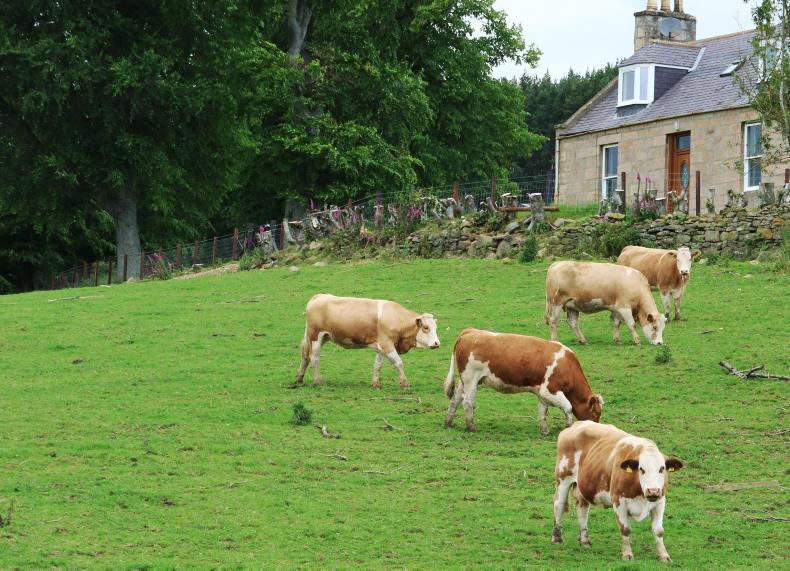
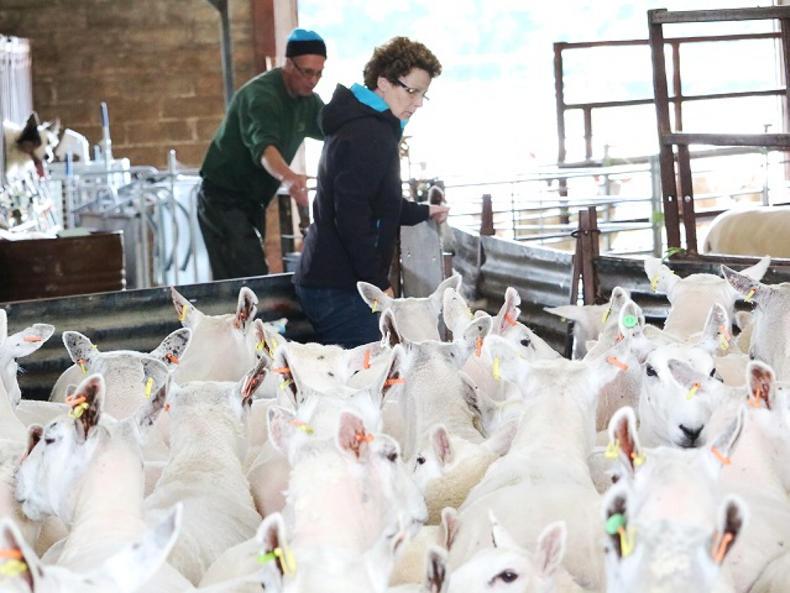
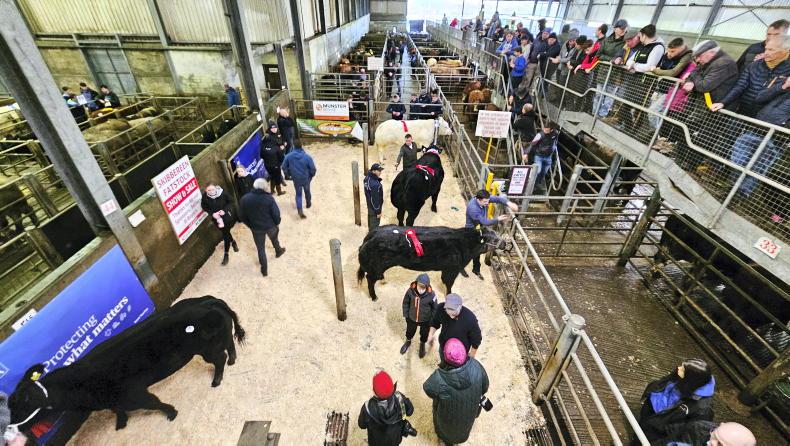
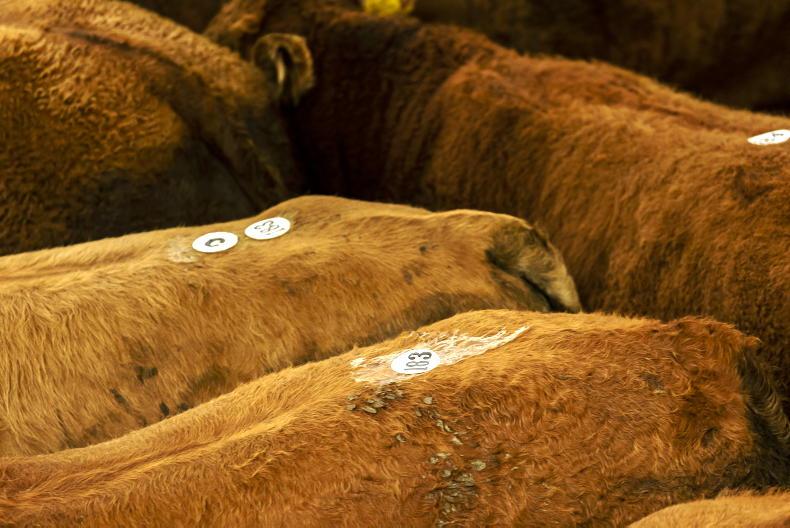
SHARING OPTIONS